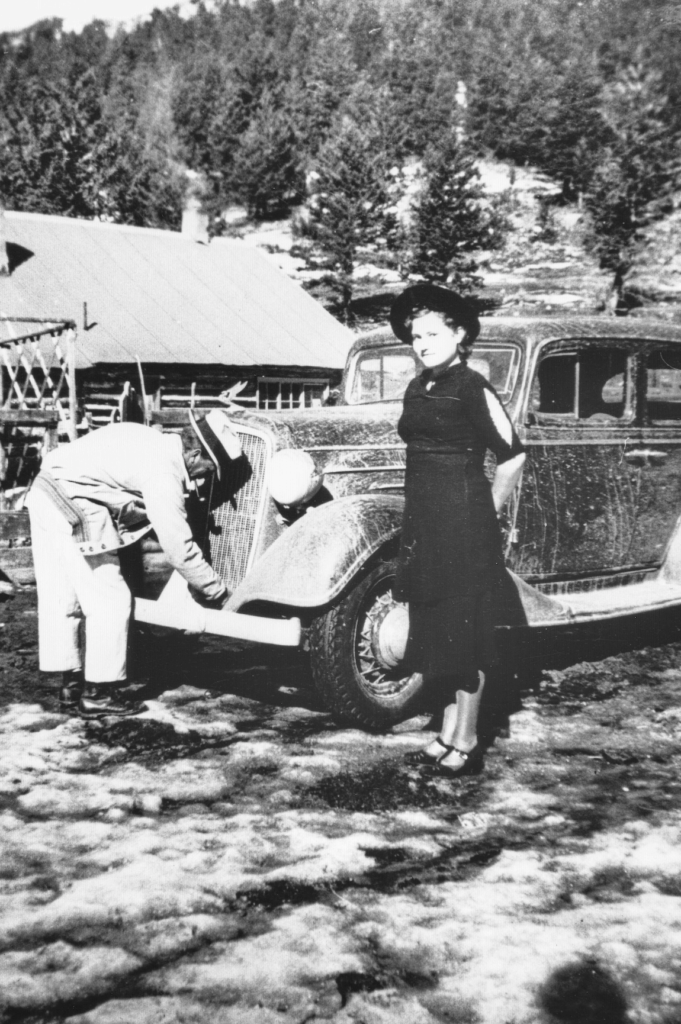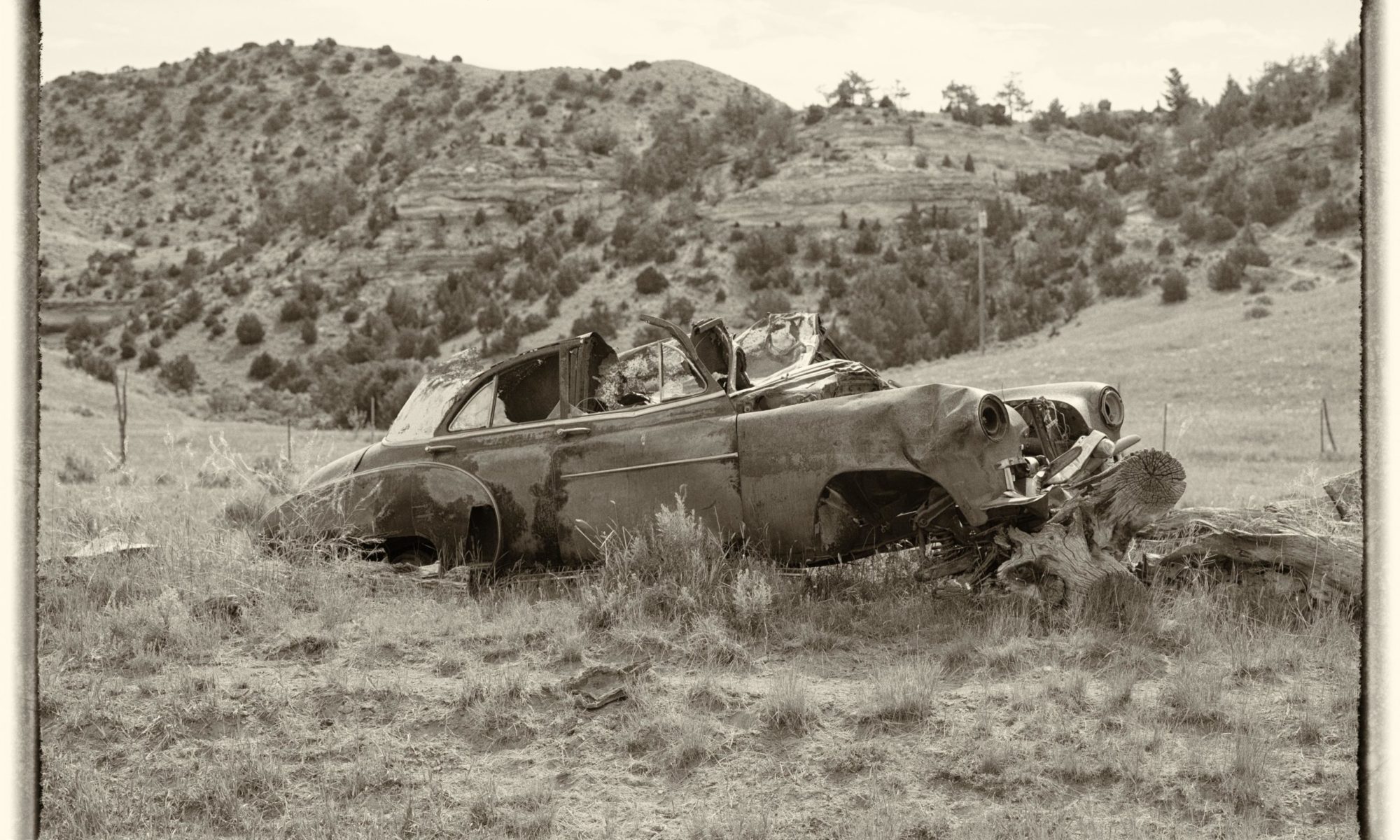My Guest Author today is Aunt Ellen via a manuscript written
by my Daddy in which this poem was featured.
note written by my Daddy: Here is a note from Ellen in January of 1944. The flu bug was going around in the Crazy Mountains. Here’s a piece of her poetry: I have left the punctuation and spelling the same.
The first time Pa got the flue
T’Was January the Twelth
Up to that time
He enjoyed perfect health
He would work and he would cus
And he would wallow the snow
And travel the ridges
Where the south wind does blow.
Oh he is tough
And he is wiry
Always on the go
Up in the hills
In the ice and snow
With four kids and a wife
And an axe and a saw
That cussing old fellow
My lumberjack Pa
Two weeks have gone by
But dear father is not dead
He coughs and he sputters
And has pains in his head
His bones almost rattle
His eyes almost glaze
As he suffers around in a kind
of a daze
The next time I see him
Will be early spring
He’ll be pulling the saw
Making an axe ring
The logs will be rolling
The river up high
The hole outfit busy
And the flue long gone by.
written by Sister Ellen

The Influenza Epidemic of the Winter of 1943-44 in the United States: A Preliminary Summary
Public Health Report, September 1, 1944, Dorothy F. Holland & Selwyn D. Collins
The influenza that hit the mountains of Montana was part of the influenza epidemic in the winter of 1943-44. “An outbreak of a mild type of influenza started in Minnesota and the Great Lakes region about the middle of November 1943.” “The epidemic spread eastward to New England, the Middle Atlantic States, and Kentucky, Virginia, West Virginia, Delaware, and Maryland, outbreaks being reported subsequently in the Mountain and Pacific States, the Southeast (Central and Atlantic) and, finally, in the West South Central States.” “ The disease in the epidemic “were the sudden onset, moderate prostration, ever and general pains, followed by marked weakness. The duration has been variously reported as between 3 and 5 days. As a result of the characteristic short duration of the illness, the term “lightning” influence was used in newspaper reports of the epidemic in England.” “The excess mortality associated with the epidemic resulted from the high incidence of cases rather than a high case fatality rate.”
